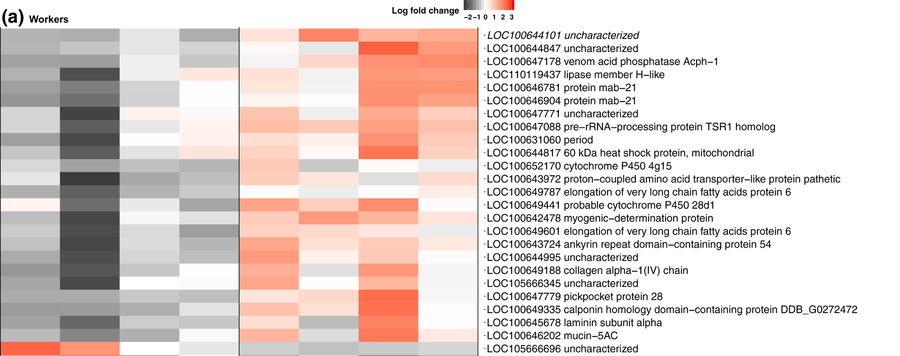
Caste- and pesticide-specific effects of neonicotinoid pesticide exposure on gene expression in bumblebees
Social bees are important insect pollinators of wildflowers and agricultural crops,
making their reported declines a global concern. A major factor implicated in these
declines is the widespread use of neonicotinoid pesticides. Indeed, recent research
has demonstrated that exposure to low doses of these neurotoxic pesticides impairs
bee behaviours important for colony function and survival. However, our understanding
of the molecular‐genetic pathways that lead to such effects is limited, as is
our knowledge of how effects may differ between colony members. To understand
what genes and pathways are affected by exposure of bumblebee workers and
queens to neonicotinoid pesticides, we implemented a transcriptome‐wide gene expression
study. We chronically exposed Bombus terrestris colonies to either clothianidin
or imidacloprid at field‐realistic concentrations while controlling for factors
including colony social environment and worker age. We reveal that genes involved
in important biological processes including mitochondrial function are differentially
expressed in response to neonicotinoid exposure. Additionally, clothianidin exposure
had stronger effects on gene expression amplitude and alternative splicing than imidacloprid.
Finally, exposure affected workers more strongly than queens. Our work
demonstrates how RNA‐Seq transcriptome profiling can provide detailed novel insight
on the mechanisms mediating pesticide toxicity to a key insect pollinator.






